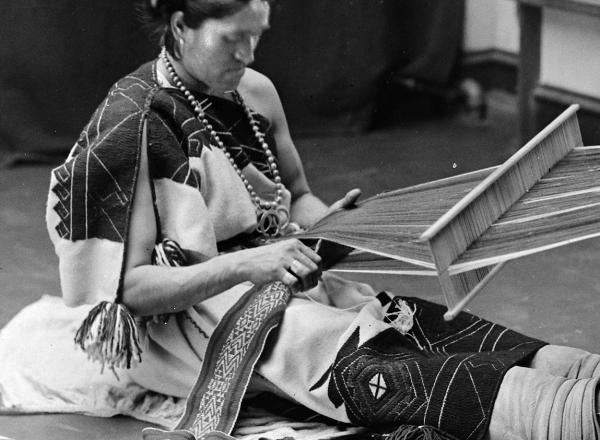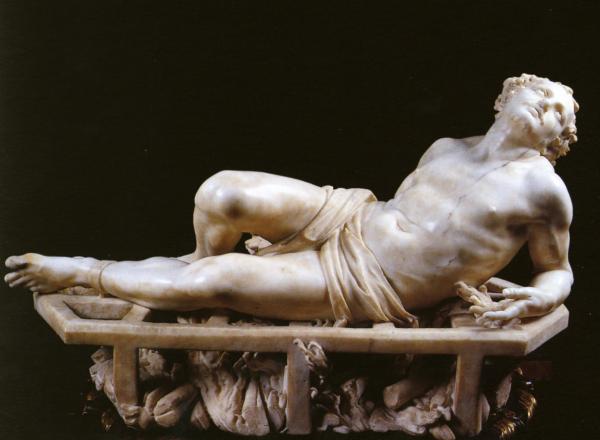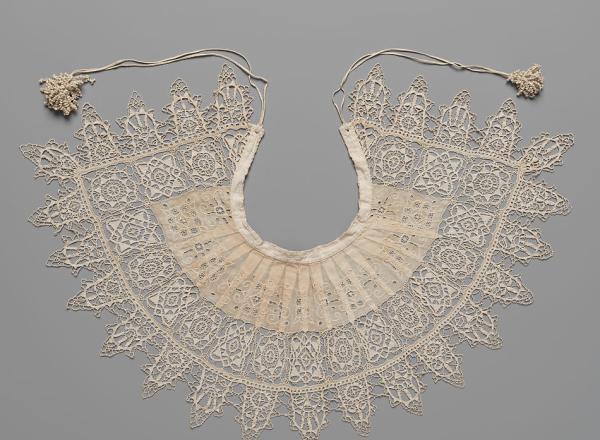When we think of Leonardo da Vinci’s most notable works, it would be easy to assume the women behind the Mona Lisa or Lady with an Ermine were his muses. One may therefore be surprised to discover that his pupils, Gian Giacomo Caprotti and Francesco Melzi, have the honor of this distinguishment.
Art News
Perhaps the most famous nineteenth-century Indigenous Łamana or Two-Spirit historical figure, the late We:wa was a Zuni artisan, diplomat, spiritual leader, and humanitarian. As such, they made great contributions to the protection and proliferation of Zuni culture.
This marks the first survey in the UK of the work of American artist and the first major exhibition since her death. The exhibition charts Schneemann's radical work around her own body, often directly addressing the misogyny she experienced, and the historical suppression of women.
Live fast, die young, and leave a beautiful corpse: That’s often been the ticket to artistic immortality, even while coming at considerable cost. Such was the case for Jean-Michel Basquiat (1960–1988), who passed away from a drug overdose at twenty-seven.
Resin art has experienced a burst in popularity within the last few years, but what exactly is this miracle material, and is there a catch? Resin by itself is a viscous, flammable substance that can be either organic or synthetic. Most artists prefer epoxy resin, a synthetic type patented in the early 1930s.
B.J.O. Nordfeldt: American Internationalist, on view at the Weisman Art Museum, features work from WAM and fifteen museum and private collections, including the Metropolitan Museum of Art, The Hirshhorn Museum, and the University of New Mexico Art Museum. The exhibition also highlights an artist whose family played a small but important role in shaping the institution that WAM is today.
Indiana Jones is a terrible archeologist. Yet, despite the films having next to nothing to do with actual archeological work, he is somehow the most famous icon of the field. Those within the field might perhaps be able to console themselves with the hollow comfort that “all press is good press.” But when the primary poster child of one’s field has dedicated their life to being an ethical and moral nightmare gussied up under the mask of a heartthrob’s charming smile, the sentiment rings a bit too dissonantly.
There's no doubt that the statues by Baroque sculptor Gian Lorenzo Bernini were markedly sensual, which might seem paradoxical in the era of the Counter-Reformation and for an artist whose main patrons were part of the ecclesiastical aristocracy.
While much of modern lace is loomed by machine, until the mid-nineteenth century, the art of lacemaking was a painstaking and time-consuming craft produced predominantly by women. Despite being a product of a domestic pastime, lace ruled both fashion and international markets for centuries. Flourishing trade and boosting economies, lace was highly sought after by monarchs, clergy, and the working class. Through the study of its inception, tools, and techniques, this article presents a brief history of lace and its unknown makers.
An interior view of Matisse’s atelier in the Parisian suburb of Issy-les-Moulineaux, "The Red Studio" (1911) serves as the centerpiece for an impressive feat of scholarship that gathers photographs, documents, and ephemera related to the painting’s creation, along with a video on its conservation.
































